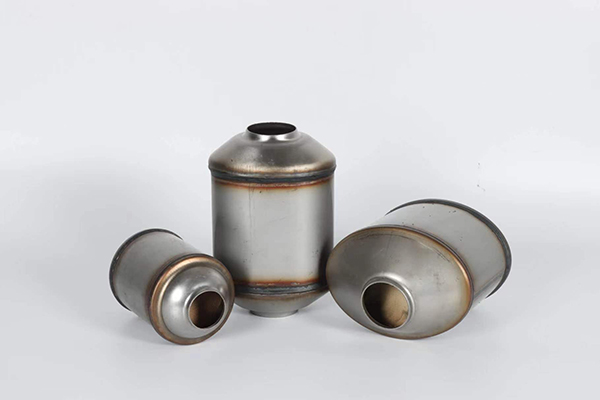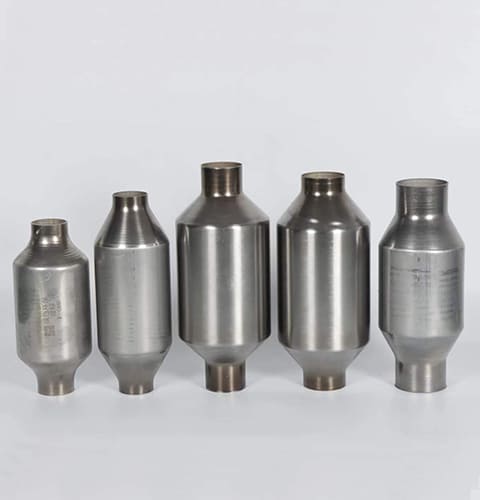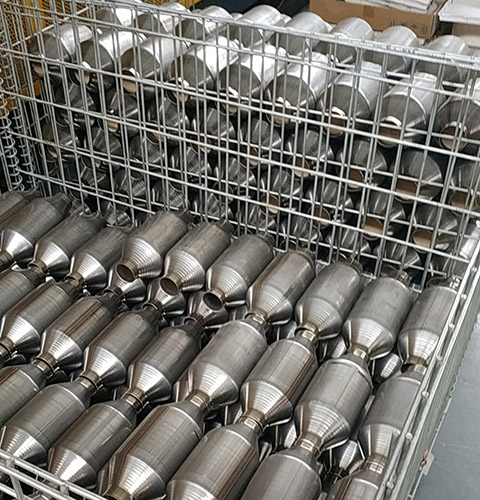In the vast world of automotive performance parts, few components stir as much debate as the high flow catalytic converter. You’ve probably heard a tuner swear by its horsepower gains or an environmentalist question its emissions compliance. But what’s the real story?
High flow catalytic converters, as the name suggests, are designed to allow a larger volume of exhaust gases to pass through more freely than standard converters. The aim? To reduce exhaust backpressure, potentially increasing horsepower and overall engine performance. However, there’s more to this tale than sheer power gains, and understanding the nuances can be crucial for automotive professionals.
Stay with us as we dive deep, dispelling myths and presenting facts about these intriguing performance parts.

What Makes High Flow Converters Different from Standard Ones?
The key difference lies in their internal design and construction. High flow converters often use less dense catalyst materials or a larger substrate, allowing for a smoother flow of exhaust gases.
Do They Truly Enhance Vehicle Performance?
Yes, to an extent. By reducing backpressure, high flow catalytic converters can help in improving engine efficiency and potentially increasing horsepower. However, the exact gains can vary based on the vehicle model and other modifications.
Are High Flow Converters Environmentally Compliant?
This is where controversy often arises. While they’re designed for better performance, some argue that they might not filter pollutants as effectively as standard converters. However, many high flow converters are still EPA compliant, but it’s essential to check specific product certifications.

Does Every Vehicle Benefit from Them?
Not necessarily. The benefits of a high flow converter might be more noticeable in high-performance vehicles or those with other significant modifications. For regular street cars, the difference might be minimal.
Are They Worth the Investment?
Cost-benefit analysis is crucial. For those seeking marginal performance improvements and are willing to invest, they can be valuable. However, for daily drivers, the cost might outweigh the actual benefits.
Any Drawbacks to Consider?
While potential power gains are a plus, there are concerns. Some users report a change in exhaust sound – sometimes a more pronounced or “raspy” noise. Additionally, without proper tuning, there’s a potential risk of running a richer air-fuel mixture, which can be harmful in the long run.

Conclusion
High flow catalytic converters are not just a myth; they have their place in the performance parts arena. They can offer genuine advantages in terms of horsepower and efficiency for certain vehicles. However, like all modifications, they come with their set of considerations – environmental compliance, actual performance gains, and potential drawbacks. As always, thorough research and understanding specific vehicle needs are key before making any modifications.


